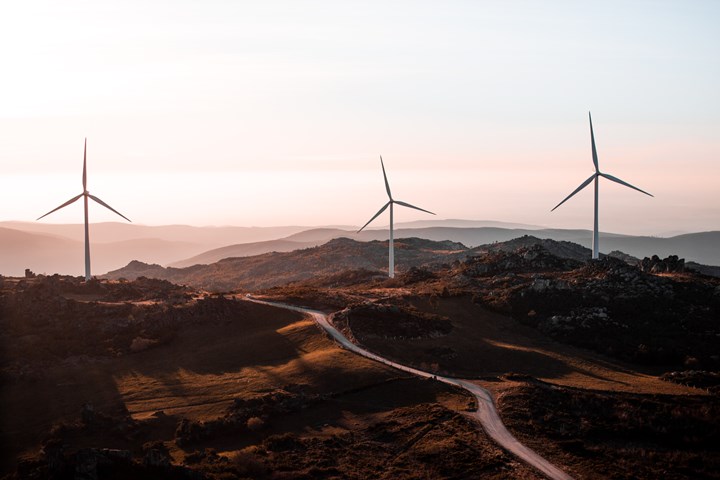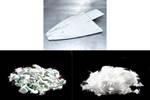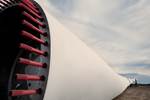GE, LafargeHolcim team up to explore circular economy solutions for the wind industry
Per an active drive for more sustainable, circular solutions, both partners will be investigating ways to use decommissioned wind turbine materials.

Photo Credit: Afonso Coutinho
GE Renewable Energy (Paris, France) and LafargeHolcim (Zug, Switzerland) announced on June 10 an MOU (memorandum of understanding) to explore circular economy solutions for decommissioned wind turbine materials, all of which incorporate composites. Building on LafargeHolcim’s 10-plus years of experience in recovering energy from wind turbine blades, the companies are exploring new ways of recycling wind blades, including as a construction material to build new wind farms.
“This is a truly exciting next step in our journey to introduce new circular lifecycle improvements for the wind industry,” says Jérôme Pécresse, CEO of GE Renewable Energy. “We are delighted to work with LafargeHolcim on these critical projects, which will help to improve the sustainability of wind power now and well into the future.”
Alongside its research and development (R&D) team, LafargeHolcim says it is exploring how wind turbine blades can be turned into sustainable construction materials. This research builds on the company’s work, under its Geocycle brand, to recover energy from GE’s decommissioned turbine blades after they have been removed from the turbine and shredded. Geocycle currently offers co-processing solutions for wind blades in Germany and will evaluate the possibility of extending this solution to other parts of Europe.
This next phase continues the collaboration between these two companies, following the 2020 announcement to co-develop wind turbine towers at record heights using concrete 3D printing together with Construction of Buildings on Demand (COBOD International A/S, Copenhagen, Denmark), the Danish 3D printing startup. Since the start of that collaboration, wind turbine tower prototypes have been developed using concrete 3D printing technology that are said to be stronger, more efficient and can be built ten times faster than before.
“With sustainability at the core of our strategy, accelerating renewable energy and the circular economy are top priorities for our business. I’m very excited about this collaboration with GE Renewable Energy because it meets both goals at once,” says Edelio Bermejo, head of LafargeHolcim’s Global Innovation Center.
Overall, this announcement is a key next step in both partners’ focus on circular solutions — especially for the European market — at a time when the European Commission has adopted a new Circular Economy Action Plan, one of the main blocks of the European Green Deal.
Both partners note that nearly 10 gigawatts (GW) of Europe’s aging turbines are expected to be repowered or decommissioned by 2025. GE Renewable Energy is committed to bringing circular lifecycle solutions to the market through strategic technology developments and has recently announced a number of key agreements and partnerships (including a U.S. recycling contract with Veolia in December 2020). Along a similar path, LafargeHolcim is actively driving the circular economy to build more with less. The company reports that it recycled 46 million tons of materials across its business in 2020 and is on its way to 100 million tons by 2030.
Related Content
-
Drag-based wind turbine design for higher energy capture
Claiming significantly higher power generation capacity than traditional blades, Xenecore aims to scale up its current monocoque, fan-shaped wind blades, made via compression molded carbon fiber/epoxy with I-beam ribs and microsphere structural foam.
-
Achieving composites innovation through collaboration
Stephen Heinz, vice president of R&I for Syensqo delivered an inspirational keynote at SAMPE 2024, highlighting the significant role of composite materials in emerging technologies and encouraging broader collaboration within the manufacturing community.
-
Collins Aerospace to lead COCOLIH2T project
Project for thermoplastic composite liquid hydrogen tanks aims for two demonstrators and TRL 4 by 2025.















